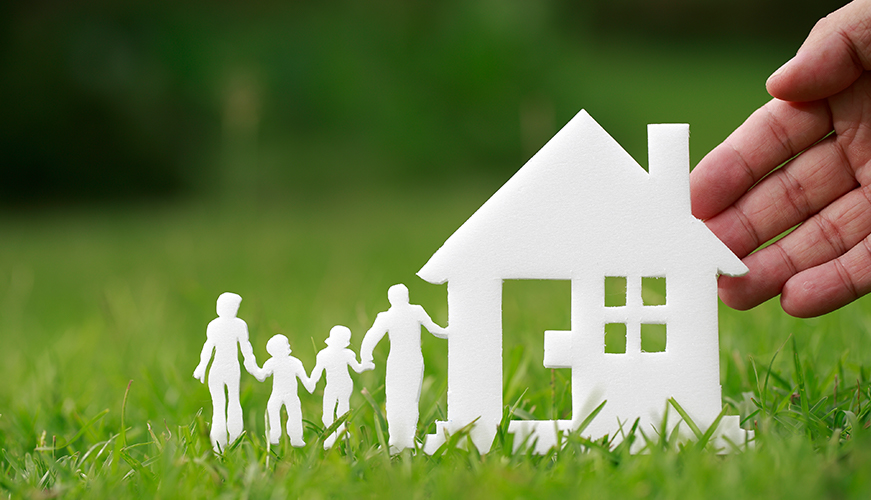As people become more environmentally aware, they want to make their lives more eco-friendly. For a lot of people, simply making minor lifestyle adjustments or replacing an appliance or two makes a big difference. If you’re looking for easy, eco-friendly tips, check out this article to learn about some small changes you can make to turn your house into an energy efficient home. But if you’re looking for something more comprehensive, there’s a lot more that you can do to make your home meet your energy goals. From construction to the latest and greatest energy saving appliances, there are endless possibilities for living in an environmentally friendly home.
Location
Starting from the very conception of your home, you can optimize the location for energy efficiency. Building a house near public transportation or frequently visited places, such as a grocery store, can help cut down on transportation costs and emissions. The orientation of a home also has a large impact on how environmentally friendly it can be. For example, in order to avoid high costs and energy use related to climate control, avoid building a house that faces west. Western facing houses are exposed to a lot of sunlight and therefore a lot of heat. A smaller home will also be more environmentally friendly, as it takes less energy to heat and cool it and doesn’t use as much material to construct. If you really want to get serious about reducing waste and emissions in your home, considering moving into a tiny home.
Construction
What you build your house out of also impacts the environment. Reclaimed materials can provide huge environmental benefits. Not only are these materials repurposed instead of being thrown away, but they also negate the need to create new materials. In the case of repurposed wooden floors and doors, you save the trees that would be cut down to create them, the emissions and waste produced while crafting them, and the emissions required to transport them. Just about everything in a home can be reclaimed. If nothing is available, there are always environmentally friendly materials such as bamboo, cork, and linoleum.
Energy Supply
The way that you supply your home with energy can also have a big environmental and financial impact. Installing solar panels can reduce your reliance on fossil fuels by drawing on the world’s most plentiful renewable resource. And, with new and better battery technology on the horizon, solar panels are becoming more practical than ever. Geothermal heating and cooling can also be a great way to save energy. This method pumps heat into and out of the earth instead of generating it on the surface, saving a lot of energy and emissions.
Appliances
The types of appliances you install in and around your home are also incredibly important when saving energy. A rainwater harvesting system can funnel collected water to your fixtures like your toilets and sprinkler system. Traditional water heaters also waste a large amount of energy heating water that doesn’t get used. Installing a tankless water heater will save energy and money by only heating the water that you’re going to use. Washing machines use a lot of water and energy, as well. The average modern washing machine uses 27 gallons of water. The most innovative eco-friendly washing machines today use only one cup of water per load. There are also options for relatively easy-to-use manual washing machines that use no electricity at all.
Food
Where you get your food from also has a large impact on the environment. In fact, this information served as a portion of the inspiration for both the locavore and organic-eating movements. Consider starting a garden in your backyard so that you can get fresh produce without the emissions that come with growing it on a large farm and transporting it to and from the grocery store (as well as avoiding the possible pesticides and other chemicals used in large-scale farming). If you don’t have the space or climate for an outdoor garden, consider starting one indoors. Most fruits and vegetables, like tomatoes and strawberries, can be grown in pots or in a hydroponic system on a shelf or a table and still yield a good amount of produce. All you need is space and light, which can come from the sun or, more reliably, a grow light.
Implementing these environmentally friendly tactics into the infrastructure of your home will save an incredible amount of energy. They may cost more up front than what you would expect to see in a traditional home, but the long-term savings will be worth the expenditure, and you’ll have peace-of-mind knowing that you’re doing more than most to save the planet.


